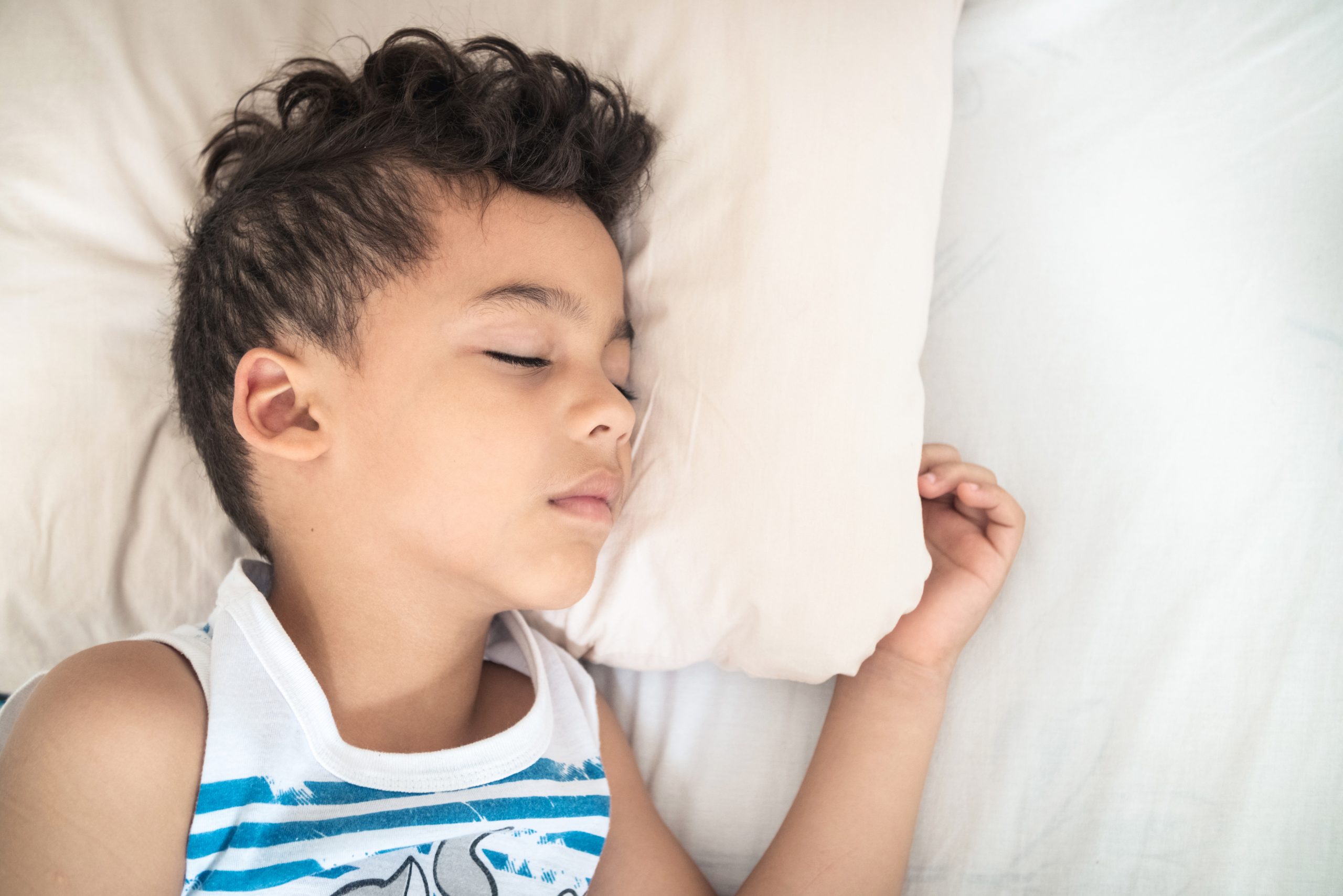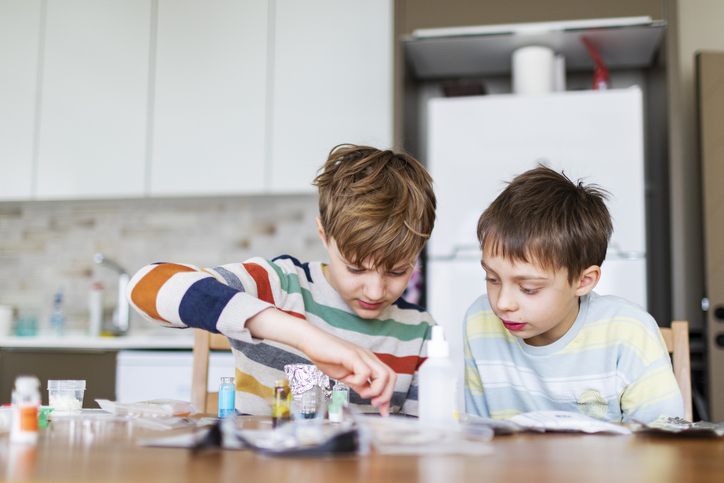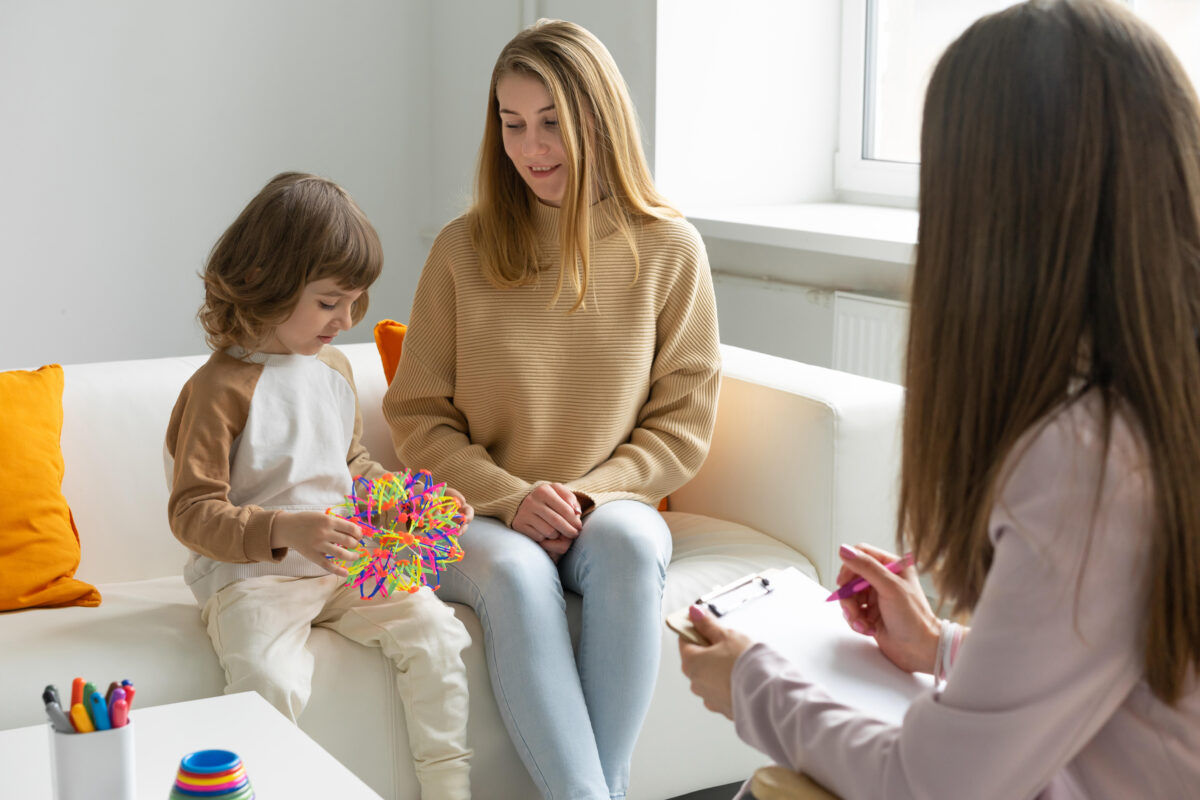Parenting an autistic child brings unique challenges, including an increased likelihood of sleep disturbances. According to the National Institutes of Health, 50-80% of autistic children experience sleep disturbances in comparison with 20-30% of neurotypical children. Behavior Analysts often provide individualized consultation to parents related to sleep, as part of a child’s ABA therapy program. The most common sleep challenges reported by parents are sleep onset issues, sleep awakenings, and night-time sleep that is not long enough.
For our first blog post in this sleep series, we will share a few tips related to helping your child to fall asleep more easily.
1. Create Consistent Bedtime Rituals:
Autistic children thrive on routine and predictability. Establishing a consistent bedtime routine can signal to your child that it’s time to wind down. Include calming activities such as reading a book, gentle stretching, a warm bath, or listening to soothing music. Create a visual schedule or checklist to help your child anticipate the sequence of activities each night. Consistency is important, so strive to maintain the routine even on weekends.
2. Ensure a Comfortable Sleep Environment:
Consider your child’s sensory needs when designing their sleep space. Ensure the room temperature is suitable, use blackout curtains if needed, and have a comforting blanket or favorite stuffed animal available for your child.
3. Minimize Stimulation Before Bed:
Limit stimulating activities, particularly screen time, at least an hour before bedtime. The blue light emitted by electronic devices can interfere with melatonin production. Aerobic activities that raise one’s body temperature should also be avoided a couple of hours before bedtime (e.g., no jumping on the trampoline after dinner time). Instead, encourage quiet activities like reading a book together, listening to music, practicing deep breathing exercises, or engaging in a low-energy game. By minimizing stimulation before bedtime, you help your child transition smoothly from the activities of the day to a more tranquil state, promoting a restful night’s sleep.
Autistic children thrive on routine and predictability. Establishing a consistent bedtime routine can signal to your child that it’s time to wind down. Include calming activities such as reading a book, gentle stretching, a warm bath, or listening to soothing music. Create a visual schedule or checklist to help your child anticipate the sequence of activities each night. Consistency is important, so strive to maintain the routine even on weekends.
2. Ensure a Comfortable Sleep Environment:
Consider your child’s sensory needs when designing their sleep space. Ensure the room temperature is suitable, use blackout curtains if needed, and have a comforting blanket or favorite stuffed animal available for your child.
3. Minimize Stimulation Before Bed:
Limit stimulating activities, particularly screen time, at least an hour before bedtime. The blue light emitted by electronic devices can interfere with melatonin production. Aerobic activities that raise one’s body temperature should also be avoided a couple of hours before bedtime (e.g., no jumping on the trampoline after dinner time). Instead, encourage quiet activities like reading a book together, listening to music, practicing deep breathing exercises, or engaging in a low-energy game. By minimizing stimulation before bedtime, you help your child transition smoothly from the activities of the day to a more tranquil state, promoting a restful night’s sleep.
Consider your child’s sensory needs when designing their sleep space. Ensure the room temperature is suitable, use blackout curtains if needed, and have a comforting blanket or favorite stuffed animal available for your child.
3. Minimize Stimulation Before Bed:
Limit stimulating activities, particularly screen time, at least an hour before bedtime. The blue light emitted by electronic devices can interfere with melatonin production. Aerobic activities that raise one’s body temperature should also be avoided a couple of hours before bedtime (e.g., no jumping on the trampoline after dinner time). Instead, encourage quiet activities like reading a book together, listening to music, practicing deep breathing exercises, or engaging in a low-energy game. By minimizing stimulation before bedtime, you help your child transition smoothly from the activities of the day to a more tranquil state, promoting a restful night’s sleep.
Limit stimulating activities, particularly screen time, at least an hour before bedtime. The blue light emitted by electronic devices can interfere with melatonin production. Aerobic activities that raise one’s body temperature should also be avoided a couple of hours before bedtime (e.g., no jumping on the trampoline after dinner time). Instead, encourage quiet activities like reading a book together, listening to music, practicing deep breathing exercises, or engaging in a low-energy game. By minimizing stimulation before bedtime, you help your child transition smoothly from the activities of the day to a more tranquil state, promoting a restful night’s sleep.




